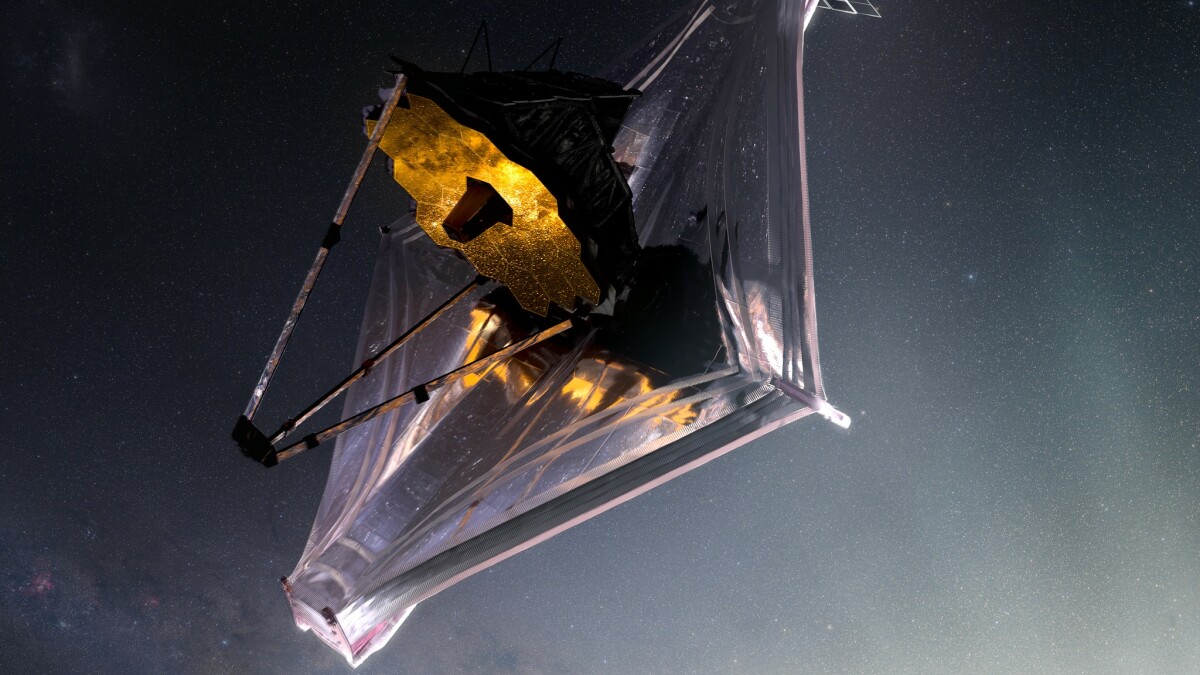The James Webb Space Telescope’s (JWST) orbit is a bit strange.
Unlike the legendary Hubble telescope, which circles Earth, JWST will orbit the sun. But as this animation from NASA’s Goddard Space Flight Center shows, the tennis court-sized instrument’s orbit (the yellow line) isn’t straightforward.
Engineers sent JWST to a unique region of space dubbed the Lagrange point, or L2, located nearly 1 million miles away. There, the powerful gravitational forces from the sun and Earth are balanced, which ultimately allows any telescope there to stay in a relatively stable position beyond Earth as it peers into the deep cosmos. This is critical for JWST, which will face away from the sun as it views the faintest objects in the universe — including some of the earliest galaxies ever formed. A robust sunshield will block the sun’s intense heat and light from interfering with JWST’s cosmic observations.
Many of the Webb telescope’s greatest discoveries won’t come from any amazing pictures
JWST is expected to arrive at the L2 point on Jan. 24. But once there, it won’t stay locked in one place. As the end of the animation shows, the telescope will orbit within its orbit. This orbit around L2 is actually huge: It’s bigger than the Moon’s orbit around Earth, explained NASA.
Why orbit within L2? JWST still has to burn a finite amount of fuel to maintain its orientation in space, and orbiting there (rather than working to stay in a single precise position) is “simpler, easier, and more efficient,” said NASA.
